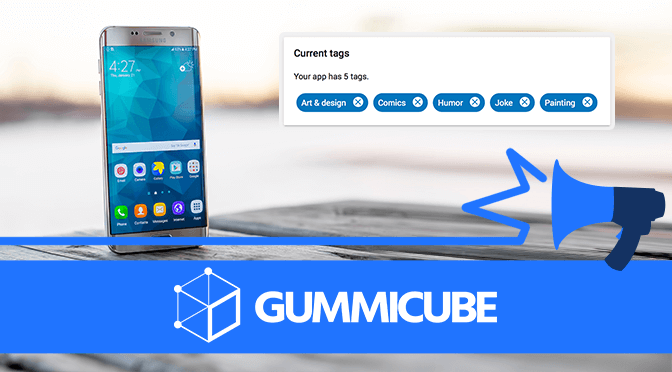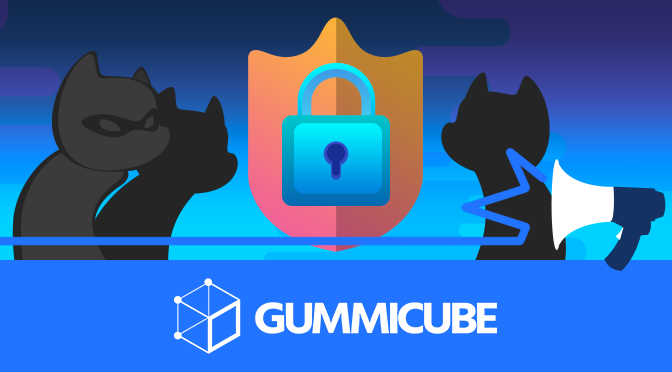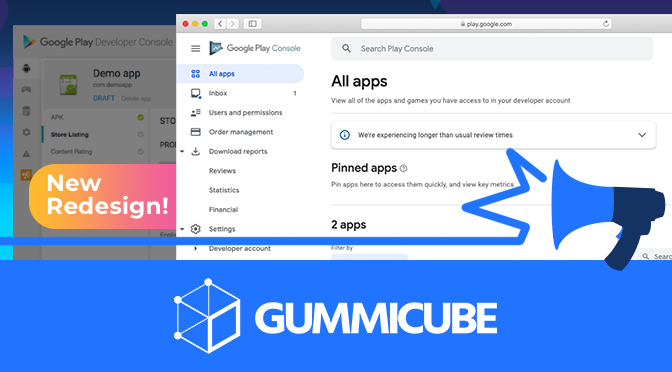
App Store Holiday Schedule 2020
Posted on November 23rd, 2020
When is the App Store Holiday Schedule 2020? Learn about the dates of this year's shutdown and how to prepare.

Google has recently added a new feature to the Play Store, allowing developers to add tags to their apps. While the feature is just rolling out to developers, it’s important to monitor the impact these tags will have on App Store Optimization and an app’s rankings for keywords tied to them.
Tags are new features for sorting and displaying apps on the Play Store. As of recent announcements, developers can choose the tags that are most relevant for their app and declare them in the Developer Console.
Developers can go to the “Store Presence -> Store Listing -> Categorization” area of the Google Play Developer Console, then click “Manage Tags” to further describe their app beyond “Application Type” and “Category.” There are a multitude of tags to choose from: 159 for Applications and 127 for Games. Developers can select up to five tags per app.
While there is still no declared keyword field in the Play Store Developer Console like there is in Apple’s App Store Connect, these tags may impact an app’s visibility in the Play Store. Google states:
Add tags to your app to help Google understand its content and functionality. Tags may affect where your app is displayed on Google Play, and the peer groups you’re compared against.
As tags may impact where your app is displayed, and only a maximum of five can be selected, it’s important to choose the ones that are most relevant for your app. Google’s documentation on tags also states:
You should choose tags that are most obviously relevant to your app. It should be very clear to a user unfamiliar with the app why the tag is relevant based on the store listing or initial in-app experience.
Once you choose your tags, be prepared to stick with them. While changing tags later on is possible, Google recommends only editing them in case of “significant changes.”
Google may recommend tags for an app in the “Manage Tags” area, anywhere from none to all five. It’s important to keep Google’s recommendations in mind, but also research other tags your app may be relevant for and the search volume behind those terms, then apply your tags accordingly.
Once tags are applied, it will also be vital to monitor organic keyword ranking movement tied to the tags you’ve selected. Google has stated tags “may affect where your app is displayed,” so the impact of this new feature should be measured closely before and after changes are applied.
While this does fall short of being able to explicitly declare keywords like developers can do in the iOS App Store, it may be an important piece of an overall organic keyword visibility strategy in the Play Store.
The impact of tags will be seen as the feature continues to roll out. Researching tags and applying them now can help developers understand the impact this new feature will have on their app and its ASO.
Update: In addition to tags, Google Play has added store search filters.
Want more information regarding App Store Optimization? Contact Gummicube and we’ll help get your strategy started.

When is the App Store Holiday Schedule 2020? Learn about the dates of this year's shutdown and how to prepare.

Apple's App Store Guidelines have strict privacy requirements. Developers now must provide information to users on the App Store listing regarding the data they access.

The Google Play Developer Console has been updated with a new design and adjusted tools. What's different, and how will it impact App Store Optimization?